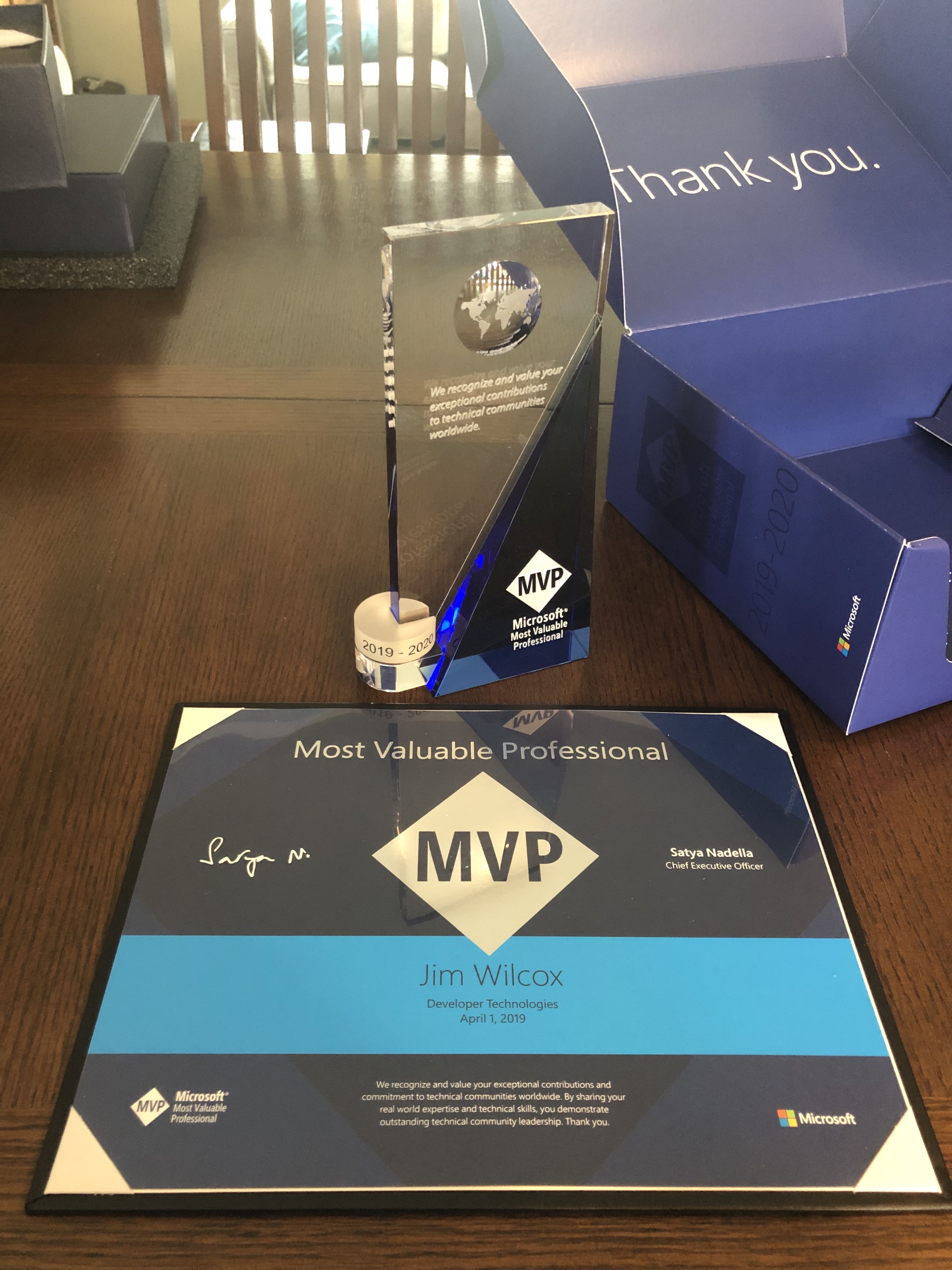This is a programmer’s blog, in general. I often get down to bits & bytes of computer programming techniques. I want to take a moment to consider this, though, to help some of my less technically focused friends.
Unless your company is directly hawking tech related services or products, you might not think of yourself as a “tech” company. Even if you sell via digital marketplaces such as websites, you might not think of yourself as a “tech” company. Can you get away with rolling without considering technology in your strategy?
I get it. You probably don’t provide tools for computer programmers, or computer hardware builders. You have a savvy friend who helps you with your company web site, and another one who helps you decide what laptop model to give your top staff.
That said, you have competition that’s constantly re-inventing YOUR business model with technology. Even if a startup doesn’t come out of the woodwork to take a crack at your market, a goliath like Amazon is likely already stirring the pot. By cutting across every market in the known universe, Amazon may not technically be a monopoly, but they are using technology (and especially Artificial Intelligence) to scale and stack the odds against you.
What is a CTO? A Chief Technology Officer is a title and role usually associated with someone in the executive suite of a generally publicly traded company. That said, a CTO can be a role of a privately held company, as well.
What does a CTO do, exactly? The specifics of the roles differ from company to company… especially in larger enterprises that can afford to have these roles distributed over a larger team of individuals. The following is a general description of what a CTO does. In many larger companies, a CTO role may be split across a team, with teammates having titles like Chief Intellectual Property Officer, Chief Security Officer, Chief Information Officer, and such.
The bottom line for these roles is to do what any CxO role does; improve the overall value of the organization to its stakeholders, within some aspect of technology.
Chief Technology Officer
A CTO “chief technology officer” is responsible, at the topmost level, for some or all of following:
- Business strategy from a technological viewpoint.
- First and foremost, a CTO is responsible for making sure technology serves the business needs and strategies of the company.
- This means keeping an eye on technologies, their benefits, how much they cost, how they play together with technologies already at play in your company. Where possible it may even mean being aware of high-level technologies at play in your competitor’s companies.
- This also means understanding the total costs and return on investment. In the way that a home renovator should be making sure a renovation project adds to the resale value of your home, a CTO should be making sure technical aspects of business strategy add to the “resale” value of your business.
- Is there an appliance that would do the trick?
- Is there a service?
- Which solution costs the most up front?
- Which will have the best total cost of ownership?
- Should we build our own solution?
- Should we hire a contractor to build a solution for us?
- Which will provide the best strategic / competitive advantage?
- Is there an opportunity for Artificial Intelligence
- Which cloud provider(s) have offer the best value for your needs?
- Technical evangelism
- This is about being the technical face of the company which can aid in partnership relations, cross-partnership automation, technical talent hiring, big-picture technical vendor selection, and mergers and acquisitions.
- This also means helping other employees adopt new technology solutions, and train them to use them correctly.
- Technical security
- There is a balance between security/risk and convenience/reward that every technology solution needs to strike. The CTO is responsible for overseeing that balance related to technology.
- Technical security is also about maintaining the trust of the people who use the solutions, that the solution is correct, does the needed job, and does so while limiting the company’s risks.
- Technical project oversight
- While a CTO isn’t a generally a project manager in the classic sense, the CTO does oversee the technical aspects of the project. This includes helping to guide project requirements, making sure implementers have the tools they need to get the job done, and making sure project decisions are practical in terms of budget and return on investment.
- It’s also about making sure projects are built according to requirements and needs, and remain on strategy as they are being built.
- Technical review of vendor and product selection falls in the area.
- Technical debt management
- No technical decision comes without some recurring cost. This recurring cost is typically a trade-off; the lower the up-front cost, the higher the technical debt tends to be. Sometimes technical debt is a subscription fee. Other times, technical debt can be in the form of a sub-process that must be done “manually” because it costs too much to automate.
- As solutions age, they become less competitive, thus contributing to technical debt.
- Integrations between systems are often contributors to technical debt. Proper analysis will show which integrations should be automated, and which can be left to “manual” workflows.
- Technical team management
- A CTO is often responsible for helping to identify and hire candidates for internal positions, including technical systems implementers and integrators.
- A CTO needs to know when to delegate. Delegation may be in terms of individual tasks to teammates, or project management.
A CTO is not responsible for having all the answers on the tip of their tongue, but for knowing how to find appropriate expertise within a reasonable time frame as needed.
There’s a number of reasons why bringing a CTO on staff might seem difficult.
One way to get started is to consider bringing a consultant on board to serve in the role.
Such a consultant will
- be able to work part time with you while demands are lower, potentially splitting their own needs across other clients like you, thus lowering your costs.
- be focused on the guidance and success of your business strategies while working for you.
- be willing to sign non disclosure and non-compete agreements.
- be ready to help you find a permanent placement for the role as the role grows into the need.
- perform all the functions of a classic CTO while in this capacity for you.
In conclusion, there’s a no reason any company of any size today should not think of themselves as a technology company. Further, as such, having a person in the role of a Chief Technology Officer is more than practical. In all but the smallest of businesses, it’s fully necessary.



 I ran across this article from Forbes on LinkedIn. It’s an interesting bit about how Kroger is reacting to the threat that Amazon/Whole Foods suddenly represents in its market segment.
I ran across this article from Forbes on LinkedIn. It’s an interesting bit about how Kroger is reacting to the threat that Amazon/Whole Foods suddenly represents in its market segment.

